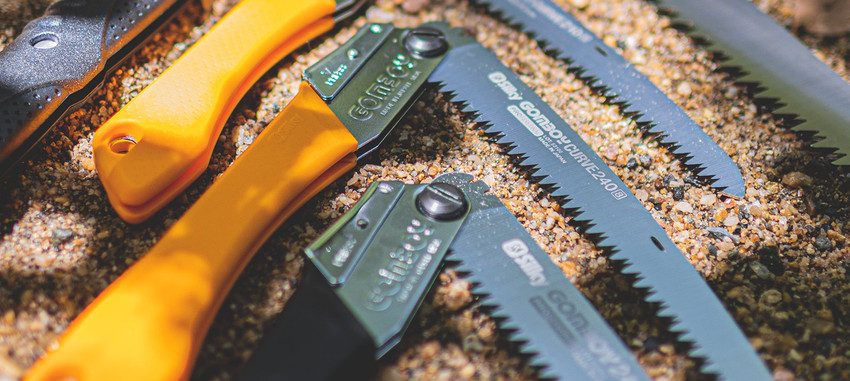TFTC #38 Caring For Your Silky Saw
Silky Saws Aug 9th 2022How To Clean Your Silky Saw Blade
Always make sure your Silky blade is dry before you store your saw. Periodically wipe it with warm soapy water and a light brush to remove tree sap and small wood chips lodged in the teeth. If your blade gets gummed up, wipe the blade with a solvent like mineral spirits and a soft cloth or scouring pad to clean it, but be sure to keep the solvent away from the saw handle. When you’ve cleaned your tool, wipe the blade dry. Some users also like to wipe their blades with a light oil.
What Makes Silky Saws Teeth Special?
The patented MIRAI-ME teeth in Silky saws are precision ground in the blade, each with four cutting surfaces. The teeth are “non-set” so that the blade cuts straight into the wood, making a much finer incision than a traditional western saw is able to make, breaching only about half the wood cells of a Western saw.
Silky blades are ground bi-concave. That means that the bottom part, the edge with the teeth, is the thickest part of the saw blade. The top of the saw blade is slightly thinner than the cutting edge. And the blade is thinnest in the middle. As a result, you need less power to saw, cutting through wood goes extremely fast. One of every few teeth–exactly how many depends on the saw–is ground to the outside to discharge sawdust. And the saw makes a very clean cut without breaking or tearing the wood. You get a fine, smooth saw cut with few splinters.
Silky’s patented MIRAI-ME design means Silky saws can be used for crosscutting perpendicular to the grain, rip-cutting parallel to the grain, and diagonal cutting. Pruning, Silky saws make a smooth cut so the tree wound can be easily overgrown. Woodworking, the smooth saw cut produces a fine finish that requires minimal sanding.
Silky saws have teeth configurations from extra fine to extra-large. Every saw’s teeth configuration is noted on the blade next to the saw length.

